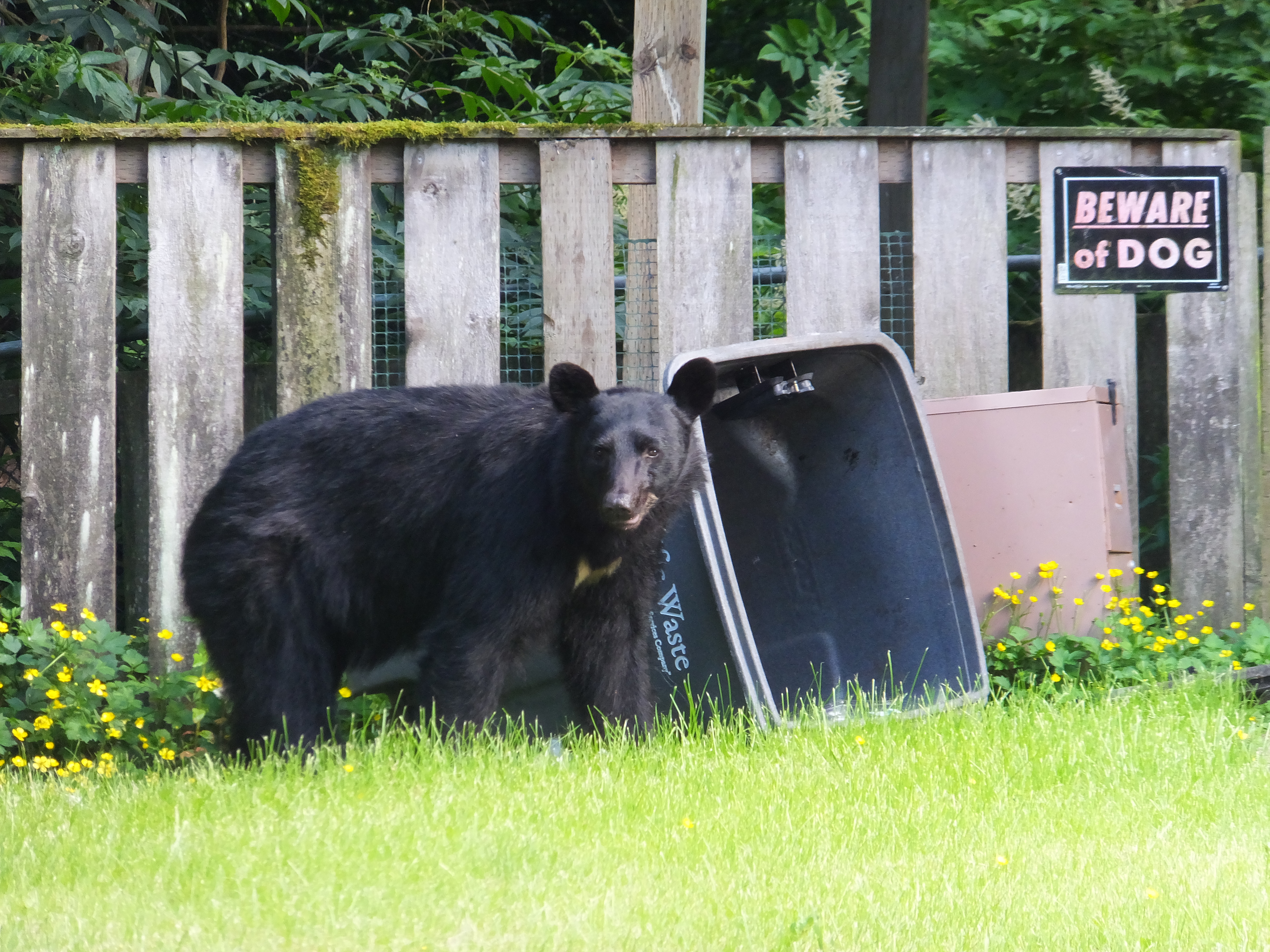
OUR climate crisis this makes it difficult to find food, water, and healthy habitats, forcing human and animal populations to move to new areas or previously uninhabited places.
This led to growth of conflicts between humans and animals, including just about everything from property damage to death, according to a University of Washington research paper.
From blue whales striking ships to African elephants zipping through villages, the climate crisis has exacerbated conflicts that cause injury or death to people and wildlife.
Researchers dived into 30 years of research, finding that the number of studies linking climate collapse to conflict it has quadrupled in the last ten years.

An article published in the scientific journal Nature Climate Change examined 49 cases of human-wildlife conflict on all continents of the world except Antarctica and in all five oceans. All groups of wildlife, birds, fish, mammals, reptiles and invertebrates, from 2.5 mg mosquitoes to six-ton African elephants, were found to have been involved in the clashes.
Causes of conflicts
Conflicts are defined as direct interactions between humans and wildlife that have a negative outcome for one or both parties.
Changes in temperature and precipitation were the most common causes of conflict, reported in over 80% of the case studies. The most common outcome was injury or death in humans (43%) and animals (45%).
“We were surprised that this phenomenon is so widespread around the world, which was one of the important findings of this study,” said Brianna Abrams, a wildlife biologist at the University of Washington.
“There is not enough recognition that climate change exacerbates these conflicts. We may see new conflicts where there were none in the past, or sharper conflicts where they already existed,” he adds.

One of three dead Sumatran tigers trapped near an oil palm plantation in East Aceh, Sumatra. Source: AP Photo.
From Sumatra to Scotland
The study lists some of the examples of this conflict:
- In Sumatra, wildfires sparked by the El Niño drought have driven tigers and elephants into new areas, killing at least one person.
- In order to avoid high daytime temperatures, animals are increasingly switching to a nocturnal lifestyle, attacking herds when their owners are sleeping, which often leads to the massacre and killing of wild animals.
- In the Arctic, climate change is shrinking sea ice, forcing polar bears to hunt more and more on land. In Churchill, Canada, known as the “Polar Bear Capital of the World”, human-bear interaction tripled between 1970 and 2005.
- Blue whales are changing their migration schedule as sea heat waves become more frequent, increasing the number of ship strikes.
- Drought is forcing elephants in Tanzania to seek food and water in human settlements, damaging crops and crops, and committing retaliatory killings.
- In Scotland, rising temperatures have led to an increase in the population of wild geese, which eat the grass farmers need for their sheep.
“Our systematic review revealed an unusually wide range of conflict systems driven by climate change around the world,” the researchers say.
As they note, in their research they did not look at the spread of diseases, but “this is also a well-documented consequence of climate change,” they note.
Source: Guardian
Source: Kathimerini
Ashley Bailey is a talented author and journalist known for her writing on trending topics. Currently working at 247 news reel, she brings readers fresh perspectives on current issues. With her well-researched and thought-provoking articles, she captures the zeitgeist and stays ahead of the latest trends. Ashley’s writing is a must-read for anyone interested in staying up-to-date with the latest developments.